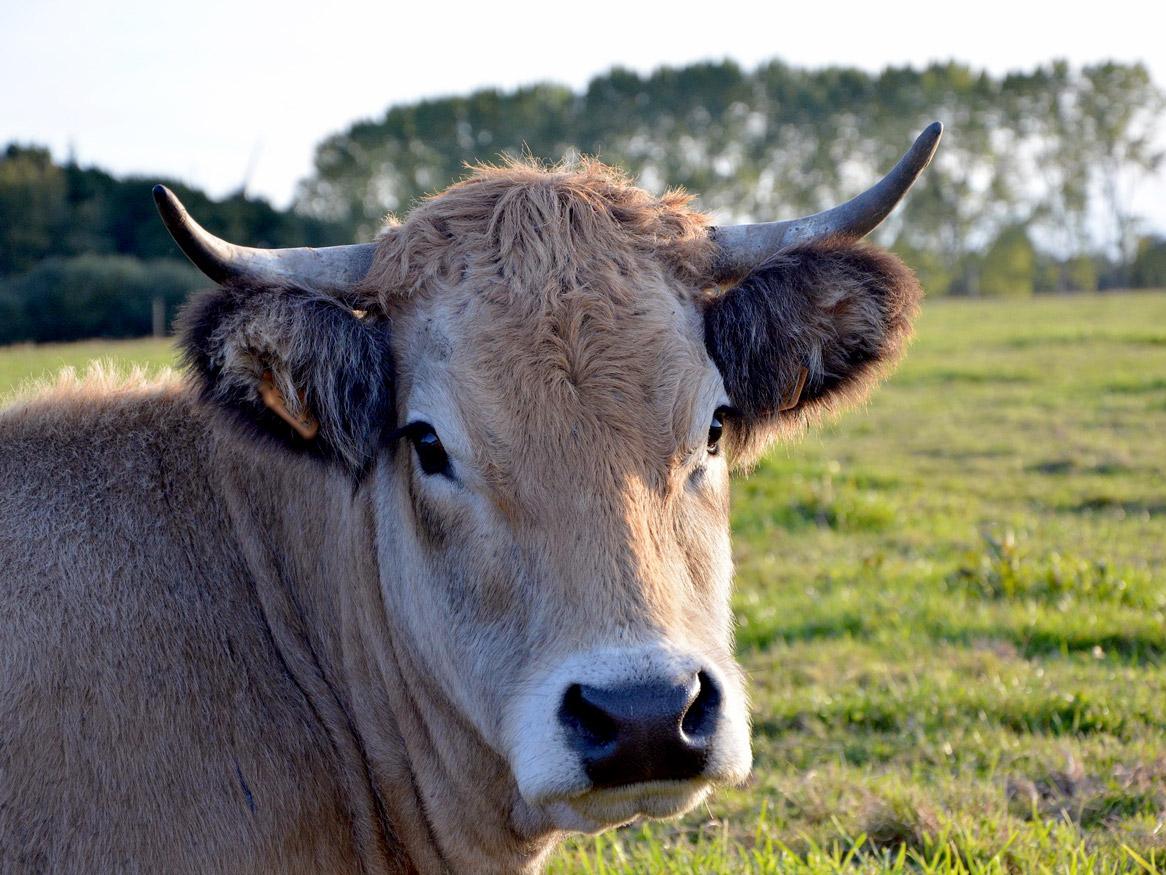The global bovine epigenome
Case study: Hard wired genetics - i.e. the genetic code as the blueprint for phenotype and genetic mutation as the basis for phenotypic variation - is fundamental to our understanding of variation in important livestock traits.

However, the last three decades have revealed another, additional layer of information across a broad range of organisms.
This epigenetic - literally, ‘on top of genetics’ - information has its own epigenetic code, in particular cytosine methylation and histone modification.
Combined with the classic genetic code, the epigenetic code provides a much more complete picture of the factors that determine and shape complex phenotypes in an ever-changing environment.
Most of the epigenetic layer of genomic information is erased in each generation and reset in the embryo and the developing germ cells.
The epigenome can therefore confer phenotypic plasticity, i.e., enable the development of more than one phenotype from a given genotype, as the genome in a developing animal responds to environmental cues.
As the environment may be different for each generation, epigenetic reprogramming thus ensures survival and genetic fitness through short term adaptation.
Although the epigenome is generally transiently heritable, there is increasing evidence that some environmentally induced epigenetic information may be transmitted across generations. Furthermore, genetic differences in components of the epigenetic machinery could potentially affect the epigenome of phenotypically diverse breeds and subspecies.
Epigenetic mechanisms such as RNA interference and genomic imprinting account for significant amounts of variation in animal phenotypes that is currently insufficiently captured or missed in its entirety by standard quantitative genetic models used in combination with genomic marker assisted selection. This is due to a lack of understanding of such mechanisms and their effects.
The Bos taurus and Bos indicus cattle studied here differ significantly in phenotype and genome. Although we have studied epigenetic mechanisms such as imprinting and micro-RNA interference in our embryo-fetal resource collection previously, these were targeted approaches and thus limited in scope.

The current global methylome project will for the first time deliver a complete picture of the methylomes of Bos taurus (Angus) and Bos indicus (Brahman) cattle and their hybrids.
The combination of the methylome data with existing transcriptome data and recently published novel genome sequences for both breeds will significantly boost our understanding of:
- how the epigenome in both types of cattle differ;
- interact with their respective genomes; and
- affect gene expression and thus phenotype.
The resulting information will allow us to develop new improved breeding tools by incorporating epigenomics information into existing technology platforms.
Contributors
University of Adelaide
- Professor Stefan Hiendleder - JS Davies Fellow
- Dr Bastien Llamas - Australian Centre for Ancient DNA
